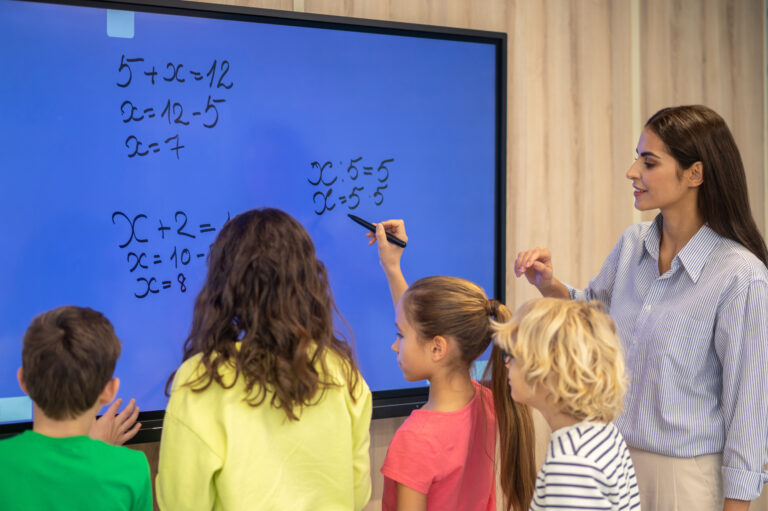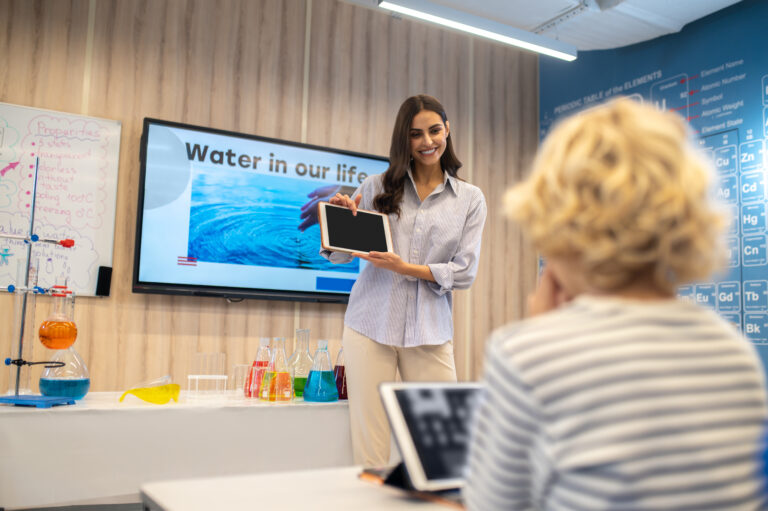an application available on Windows, iOS, and web platforms. It offers real-time collaboration, freehand drawing, pins, image and document insertion, and integration with other Microsoft apps such as OneNote and Teams.
a cloud-based application that integrates with Google Workspace. It enables real-time collaboration, drawing, handwriting recognition, pinning, and image import. It is available in a web version and as a mobile application for iOS and Android.
an online platform for working on whiteboards, used for brainstorming, diagramming, and project planning, among other things. It offers many templates, shapes, and integrations with other popular digital tools.
application designed for education. It enables interactive presentations, screen recording, drawing, annotation, and multimedia integration. It is available on iOS, Android, and as a web application.
software that provides a simple and intuitive whiteboard experience. It offers features like freehand drawing, real-time collaboration, pins, and integrates with other tools like Slack and Google Drive.
These are just a few examples of interactive whiteboard applications, and many more are available with various features and capabilities. This is both a plus and a minus, it depends on the personality. Some people like to have a wide range of proposals to make their own choice. Others (including me) would like to have one tool on the market that fulfills basic functions and you don’t have to dig through dozens of products to find the perfect one. Well, no one said it would be easy 🙂




